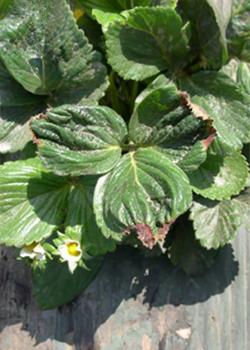Strawberry
Strawberry cultivation is a highly profitable agribusiness due to the fruit's popularity, driven by its exceptional nutritional quality, vibrant color, delightful aroma, appealing texture, and delicious taste
Strawberries are an excellent and reliable source of vitamin C, iron, potassium, and fiber.
They thrive in various soil types, ranging from light sandy soils to heavy clay soils, making them versatile for cultivation.


The Role of Elements
Potassium (K)
- Ensures seedlings with strong roots and robust vegetative growth for open-field cultivation.
- Plays a crucial role in obtaining an early crop suitable for export.
- Significantly enhances yield and fruit weight.
- Vital for the photosynthesis process, promoting increased vegetative growth.
- Improves the efficiency of plant absorption of water and nutrients.
- Boosts strawberry plants' resistance to fungal and insect diseases.
- Increases plant resilience to environmental stress factors such as high temperatures, frost, drought, and salinity.
- Enhances the fruit's ability to withstand transportation and handling.
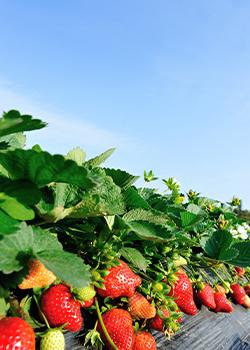
Phosphorus (P)
- Crucial during the nursery stage to develop strong runners and robust vegetative roots for open-field cultivation.
- Improvement of root distributions, vegetative growth, and runners, especially in the early stages of cultivation.
- Promotes flowering and improves fruit set.
- Plays a significant role in enhancing fruit quality and increasing sugar content.
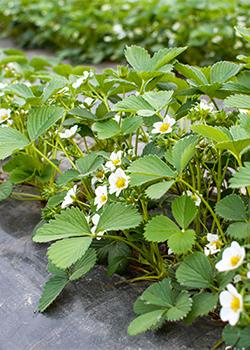
Calcium (Ca)
- Promotes overall vegetative and root growth in strawberry plants.
- Enhances resistance of roots, vegetative growth, and fruits to fungal and insect pathogens.
- Boosts flowering, fertilization, fruit set, and yield.
- Improves fruit quality and extends the storage life of fruits.
- Increases fruit weight and size.
- Enhances fruit resistance to blossom end rot.
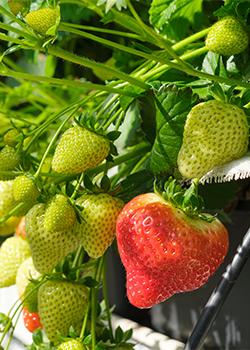
Deficiency Symptoms
Potassium (K)
- Poor vegetative growth, weak plants, and reduced number of runners.
- Low yield and fruit quality, as well as weight and size of fruits.
- Exposure of fruits to loss and damage during transportation and handling.
- Poor coloring and sugar content of fruits.
- Reduces the storage ability of fruits and transport and handling.
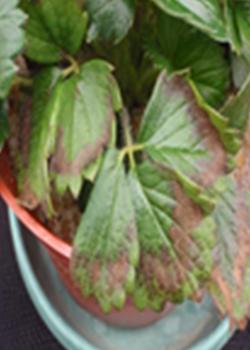
Phosphorus (P)
- Dwarfing of plants during the formation stage.
- Reduces the number of runners accompanied by poor growth.
- Low flowering percentage and fruit set.
- Small-sized fruits with low quality, particularly in varieties displaying white fruits (albedo).
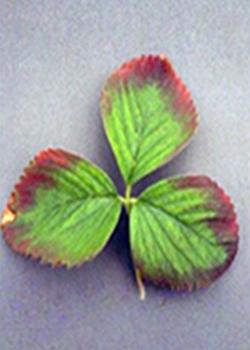
Calcium (Ca)
- Poor root and vegetative growth.
- Dryness of shoot tips, terminal buds, and roots.
- Appearance of physiological disorders, such as blossom end rot.
- Reduces the resistance of trees to environmental stresses.
